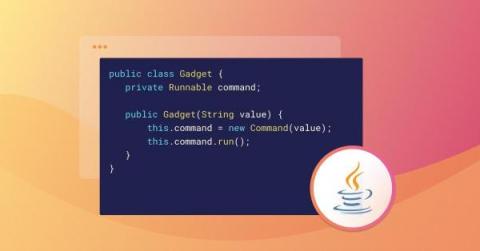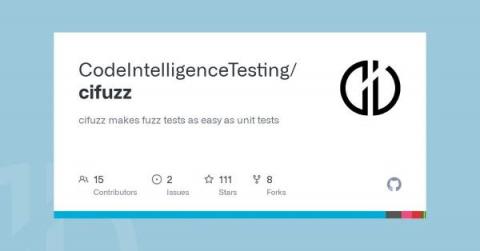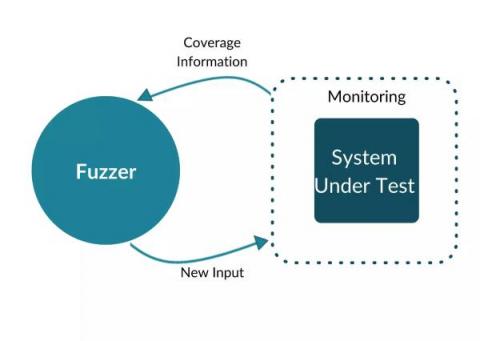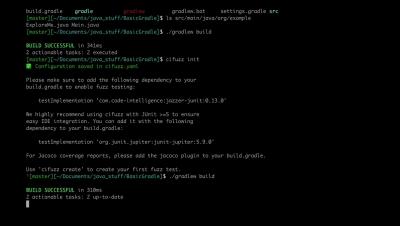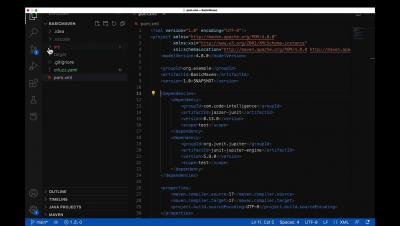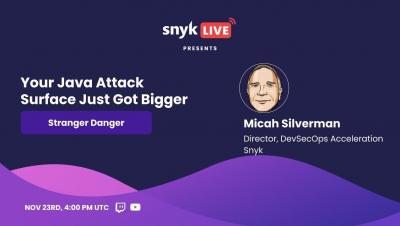Security | Threat Detection | Cyberattacks | DevSecOps | Compliance
Java
Unsafe deserialization vulnerability in SnakeYaml (CVE-2022-1471)
SnakeYaml is a well-known YAML 1.1 parser and emitter for Java. Recently, a vulnerability — CVE-2022-1471 — was reported for this package. This vulnerability can lead to arbitrary code execution. The org.yaml:snakeyaml package is widely used in the Java ecosystem, in part because it is packaged by default with Spring Boot in the spring-boot-starter.
How to fuzz your Java projects using CI Fuzz CLI in Maven
How to fuzz your Java projects using CI Fuzz CLI in Gradle
How to Fuzz Java with CI Fuzz CLI
All software has bugs, and some can be difficult to find or reproduce. However, not all approaches to bug-finding need to be difficult to use! Fuzzing is an undeniably effective approach to finding security issues and bugs in software projects, however, tools can be complex to set up and execute. CI Fuzz CLI (open-source), automates the parts that make fuzzing complex, giving its users the look and feel of a unit test.
Build Secure Java Applications with Fuzz Testing
Today, I want to show you a way how to increase the integrity and functionality of your Java applications, with fuzz testing. This awesome testing approach has done me great service for building more secure Java applications, and it's basically as simple as unit testing. In this article, I will share how you can apply fuzz testing to your own code. And the best part: all code examples and tools I will use are 100% open-source.
Fuzzing Java Applications With CI Fuzz | Gradle
Fuzzing Java Applications With CI Fuzz | Maven
Stranger Danger: Your Java Attack Surface Just Got Bigger
Writing unit tests in Java
Testing is a crucial best practice when developing software. Unit testing is one of the numerous strategies we can use to ensure our code is functional and optimal. As developers, we can code unit tests to check individual components (units) of the application code, such as a specific method. The idea is to write one or more unit tests for each code section and run them every time a change is made to catch defects as soon as they are introduced into the codebase.



